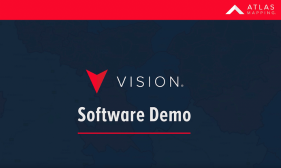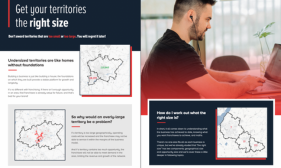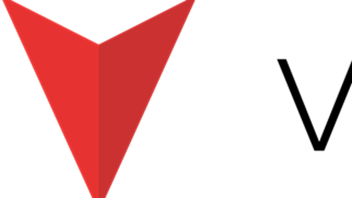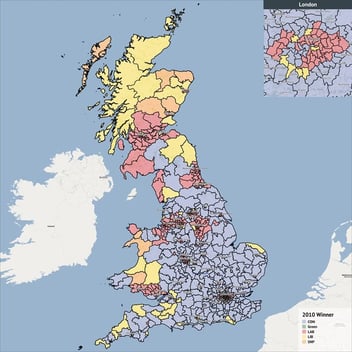June 10, 2024
This article is going to help you make the most of Vision by explaining how layers work and what you can use them for. If you need help making a territory in the first place, here’s an article from our getting started section of the help centre.
The basics
Firstly, your layers can be either areas or locations (pins on the map). Area layers do exactly as the name suggests, they cover an area of the map and are useful for managing operations such as:
- Franchise territories
- Rep areas
- Technician service patches
- Regional managers
They can also be used for things like:
- Analysing the demographics and business counts in an area
- Creating marketing areas to help plan ROI for campaigns
Location layers can be used to plot things for a whole range of purposes. For example, you could plot:
- Customers
- Branches
- Stores
- Staff

What to build your areas from?
Most users will create an area layer where the areas in that layer are created by combining smaller areas together. It sounds a bit confusing, but bear with us! Many companies decide to use Postal geography to create their territories. This simply means you combine Postcodes together to make a territory. Postal geography is great for making territories because there is a lot of data available, they are usually suitably sized, and the best thing is that it’s geography most people will recognise. We strongly advise taking that last point into consideration if your areas are going to be referenced by other people or in a document.
Check out this Help Centre article for support in making an area layer.
What data can you see in your areas?
There are hundreds of demographics and business counts you could view in Vision. We recommend keeping it simple and selecting only the data that’s most relevant to you. This keeps your system clutter-free and easy to use.
When deciding what data to choose, think about what best describes your potential customers. For example, a domestic cleaning company would be interested in the number and type of households in an area. They might also be interested in the affluence characteristics of an area. Whereas, a commercial cleaning company would want to know the number of and types of businesses in an area.
So, the questions to ask yourself are:
- What are we trying to achieve with Vision?
- What would the most useful layers be and what should we call them?
- Who are you servicing? Think about what are the top 5 to 10 data points that are truly useful to you.
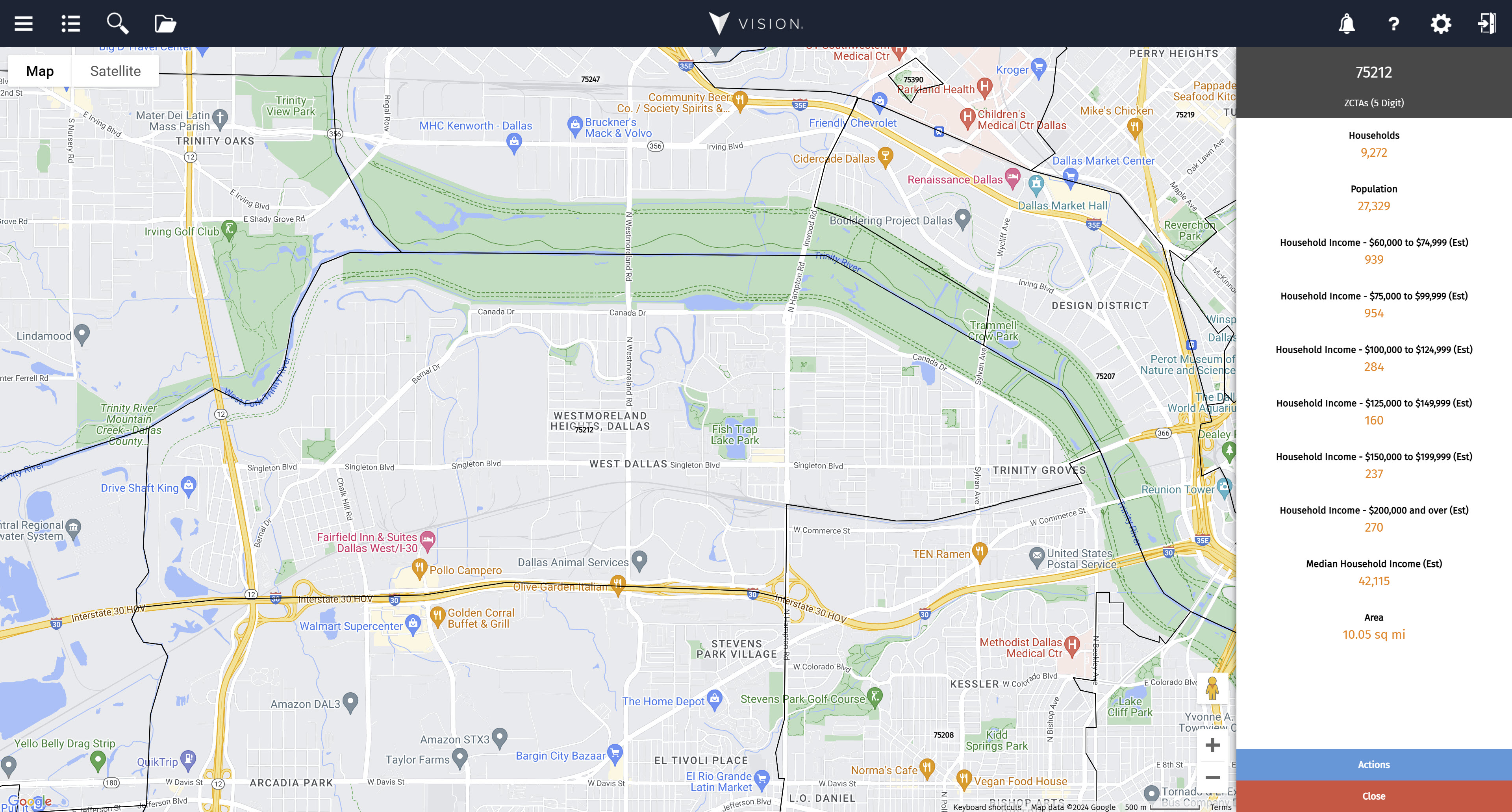
Remember, if you get stuck at any point, our team are here to help in any way we can. You can reach out to us via the help centre here.

